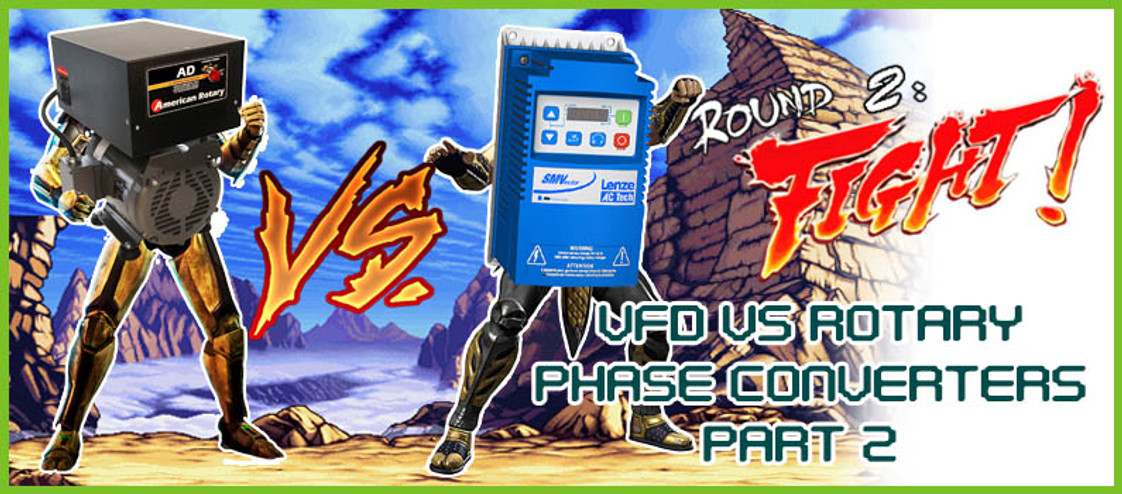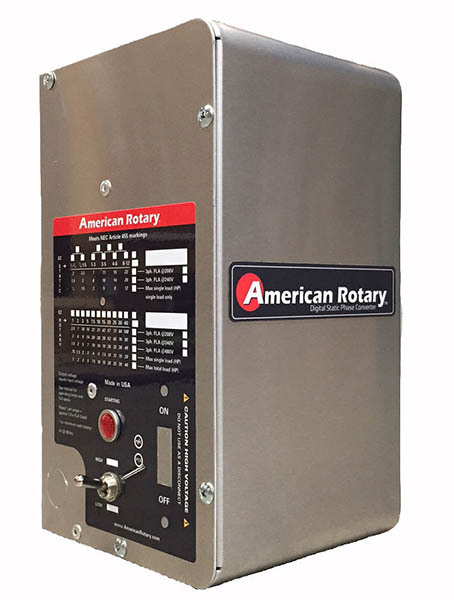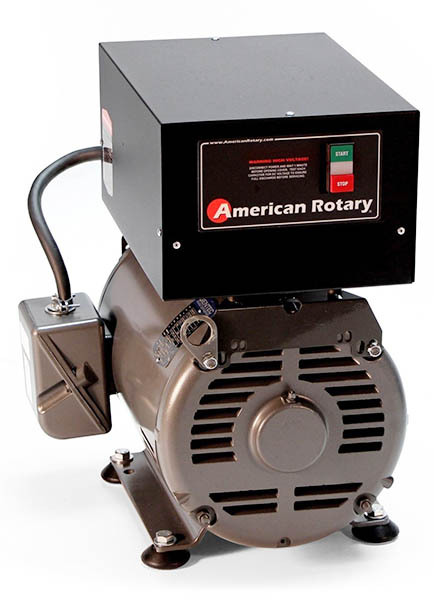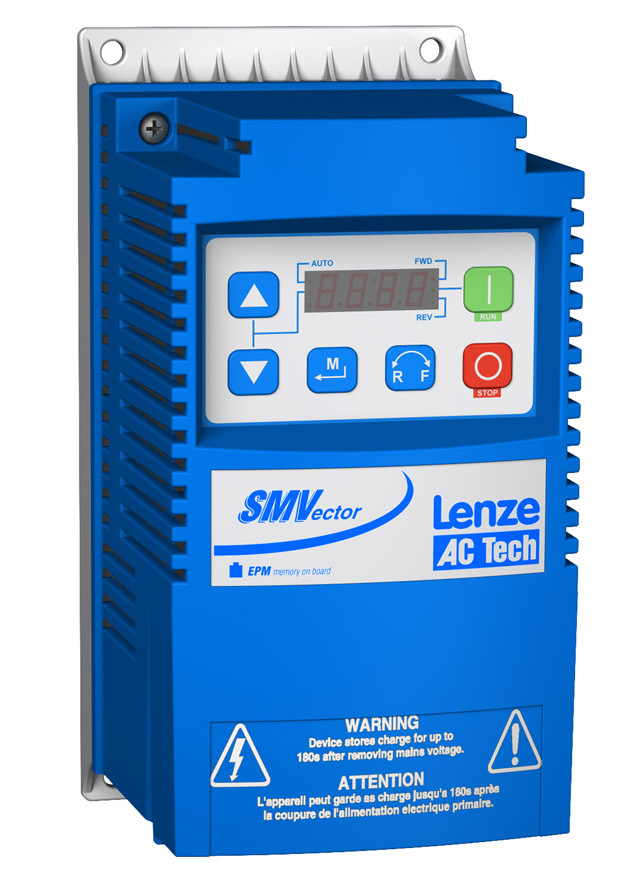
Variable Frequency Drives vs. Phase Converters
Posted by Morgan Spano on Feb 4th 2022
Most heavy machinery is designed to run on three-phase electrical power because three-phase motors are more efficient, more cost effective, and run at lower amperage for a given horse power than single-phase motors.
Unfortunately, three-phase power is not generally available in residential areas. It is worth checking with your power company; however, even if it is available, the cost of connecting may be financially prohibitive.
Short of running three-phase power, there are a number of options available to get a three-phase tool running on single-phase power.

The first, and most obvious, option is to replace the motor on the machine with a single-phase unit. This may not be possible on some machines because the original motor has special mounting brackets or the drive shaft has custom threads or splines. Unfortunately, specialized motors are fairly common on table saws. If the tool’s manufacturer is still in business, you may be able to obtain a single-phase motor from them.
Another option is to use a converter that will allow you to run a three-phase machine on single-phase power. There are three basic types of converters; static, rotary and electronic.



Static Phase Converters
Of the three, the static converters are the least expensive. A static converter has no moving parts and needs to be sized for the motor it’s running and the surge current to start the motor.
Rotary Phase Converters
A rotary phase converter, which looks like a heavy-duty electric motor with an over-sized junction box attached, functions as both a motor and a generator.
Electronic Converters
An electronic converter is more properly called an inverter or VFD. A variable frequency drive (VFD) transforms single-phase power into direct current and then uses microchip-guided controls to simulate three-phase alternating current.
Unfortunately, a static converter reduces the available horsepower of the motor by about a third and has difficulty starting air compressors, dust collectors, large band saws and other machines with heavy starting loads.The reduced horsepower often isn’t a problem and can be compensated for by reducing the feed rate or by taking lighter cuts. One issue with this could be overloading, or stalling, a motor hooked up to a static converter will cause destructive overheating of both the motor and the converter.
A hard-to-start machine can be run by first starting another lightly loaded machine, an “idler” that serves as an electrical flywheel, to start the second machine. A surplus three-phase motor can be used as a dedicated idler that runs continuously to improve both the starting and the running of other motors hooked up to a static converter.
As a rotary converter is spun by single-phase power, it generates three-phase power to run other machines. This option is more expensive than a static converter but doesn’t have the starting and reduced-power problems that occur with a static converter.
If you expect to own several three-phase machines, buy a good-sized rotary converter, which will be more economical than the static converter in the long run.
The electronics in an inverter allow you to control the motor’s speed, torque and direction of rotation, allow for a soft start to bring the machine up to speed gradually and protection of your motor. Because it must be programmed, an inverter typically is dedicated to running only one machine, but it can be used to run several tools.
Overall the use of a VFD for induction motors outruns the capabilities of either type of phase converter.
Still have questions? Email or call our tech support at 847-658-8130 and they’d be happy to help!
